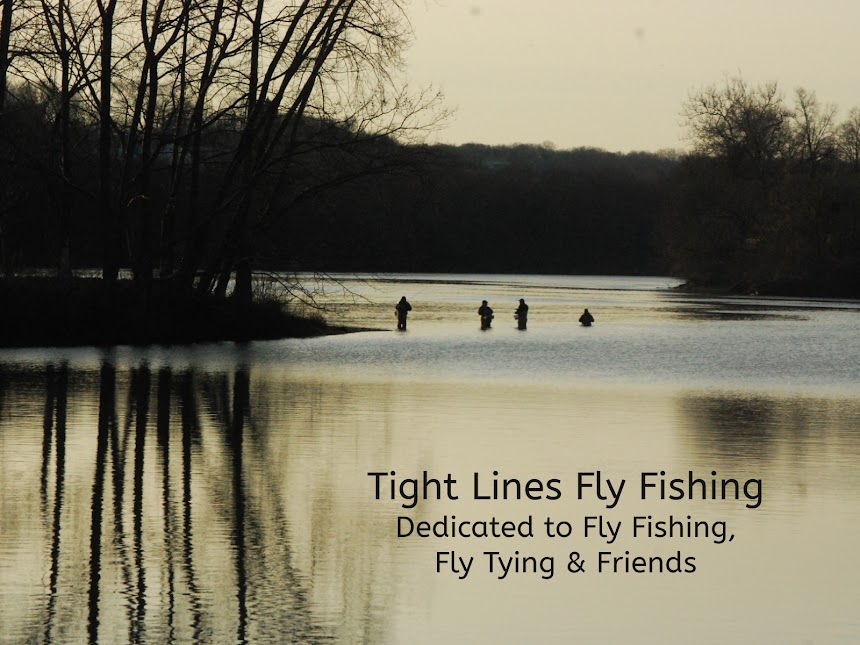Paul's Hair Bug
Hook: Mustad #34011 (SW) size # 1/0 or 2/0 or
preferred long shank hook.
Tying
thread: Salt Water grade thread such as Danville’s
Flat Waxed Nylon, Big Fly Thread, or GSP.
Tail: Small bunch of pencil size white buck tail extending
1 ½ times the length of the hook shank from the bend of the
hook, over which is 4-6 white saddle hackles tied in deceiver style,
topped by a small amount of white buck tail extending ¾ the length of the tail.
Body: 3 to 4 wraps of Bill’s Body Braid or metallic
braid material of choice. Just make sure that whatever you use is
durable. The body material should extend from your tail tie in point
and cover 2/3rds the hook shank, leaving the last 3rd of the fly
exposed.
Flash: 6-8 strands of Silver Holographic Tinsel.
Belly: White Deer Hair tied in at the end of the body
wrap. It should extend to approximately ½ the length of the
tail.
Cheeks: On both sides of the hook shank tie in equal parts
of chartreuse deer hair extending approximately ½ the
length of the tail.
Wing: Chartreuse deer hair extending approximately ½ the
length of the tail. (Belly, cheeks, and wing are all
the same length.)
Head: Spun Chartreuse deer hair trimmed to a sedge shape
(muddler head). After trimming the head dab liberal
amounts of head cement all over it to increase durability.
This
is one of my top 5 salt water flies. Not
only does it catch great numbers of fish, it is a “big fish” catching fly! There is not much original about this fly but
I’m still calling it Paul’s Hair Bug. I
have done a lot of reading about very similar such as the Black Angus &
Snake fly. Both have deer hair heads and
are great flies. The heads push a lot of
water and the ‘movement’ of these flies really entices fish to bite. One thing I have never read about is one
technique that I use to fish this fly.
Many times I’ve fished over very deep ‘cuts’ at river mouths or
in estuaries. These are prime spots and
there are usually a few other fly fishermen fishing there. Almost all are using intermediate lines. At times they may be catching some stripers
but I know that at these locations most fish are located in the very lower portion
of the water column. So I fish a sinking
line, maybe a 250 to 350 grain. A
possible problem is that you may now be getting your fly down to the fish, but
standard flies such as deceivers and even clousers, tend to hang up if your fly
is all the way down on the bottom. By
using a ‘Hair Bug’ your fly is so buoyant it stays 1-3 feet above the bottom,
but still within strike distance to the fish.
It also moves side to side like a spin fisherman’s bomber lure and up
and down between strips of the fly. This
technique has let me catch stripers when others could not get their flies
within striking distance to the fish.
When
tying this fly, think of it as a deceiver on steroids with a deer hair head. Begin by tying in your white buck tail at the
bend of the hook. This helps to prevent
the fouling of the saddle hackles you are going to tie in next. Tie in 4-6 white saddle hackle deceiver
style. Now take a smaller amount of
white buck tail and tie it on top.
Before you really bind it down use your finger nail by pressing against
it to envelope the saddle hackles. Next,
tie in your body braid material. Wrap it
forward and tie it off leaving the final 1/3 of the hook shank exposed. This will assist you in spinning your deer
hair head later. Now tie in 6-8 strands
of Holographic Silver Tinsel. The tinsel
should extend to the tip of the tail. Next, tie in equal lengths of White Buck Tail
for the Belly, and Chartreuse Buck Tail for the Cheeks and Wing. Now spin your deer hair (belly hair) muddler
head on the fly. The key to spinning a good
deer hair head is to hold the hair in place for 1 1/2 tight wraps, then letting
it go for your second and third wrap. Continue this process by pushing as much
spun hair back towards the bend of the hook that you can. You want a very full
spun head. After you reach the eye of
the hook, tie off your fly. Now it’s
time to trim the head. When you trim
it, clip the bottom of the head flat with a scissors or razor blade. Trim the top into a round shape tapering down
to the hook eye. After trimming the
head, place some head cement on your bodkin and dab it onto your head for
greater durability.
If
you have any questions about this fly or would like to submit a Fly of the
Month I can be reached at 203 305-3850 or at pdinice@frontier.com .


No comments:
Post a Comment